Edit 2 - 18/Jan/2022:
Summary: I continue to believe a Transformer - or Ballast as others suggested - is the most recommended approach to Preserve service life of the lamp.
Diode and Triac-dimmer reduce RMS voltage, but are not the most adequate to preserve service life, for the reasons presented below.
I have invested time to research Incandescent lamps and presented my views, but somehow was voted down, something I don’t truly understand the reason(s) for that, as no comment or criticism was shared. Maybe my suggestion to not use a Triac-based dimmer was not clear, so here are some reasons for Not using - or to be very cautious to use such dimmers to reduce the RMS value for an incandescent lamp.
Lamp Filament can show instantaneous temperature fluctuations as high as 20% - that also reflects as Lumens, or the MSCP (Maximum Spherical Candle Power). To avoid this brightness fluctuation or “sub-flicker”, the frequency should be much higher than 60 Hz - The article mentions frequencies as 400Hz, where 60Hz and 1000 Hz are illustrated here:

Life of Filament depends to Power 12 of (ratio of Voltages)
and Power 3.5 of (ratio of Lumens), as seen here:

\$
\frac{Life_1}{Life_0} = [{\frac{Volt_0}{Volt_1}}]^{12} \$ ; and \$ \frac{Life_1}{Life_0} = [{\frac{Lumen_0}{Lumen_1}}]^{3.5}
\$ , Exponents and Ratios are highlighted in color - see picture.
Article references are marked inside each picture, and the complete Power Ratios were posted as can be interesting to someone else.
As Triac-dimmed voltage behaves as a PWM control at 120Hz, and instantaneous voltage will reflect as an instantaneous higher MSCP, life will be significantly shorter, even if perceived average luminous power is the same. So, the same MSCP will have +10% of instantaneous MSCP and will reduce service life to 70% - obviously, using the above modeled & tested data.
I’m just saying a dimmer here is not enough, being an excellent method to lower the light of properly rated lamps. But, for an expensive (and special) incandescent lamp, the smoother and more sinusoidal the voltage is important for filament life. A Triac-dimmer mimicking the average light output could be ok for a common lamp, or when a redder color is acceptable and moreover, it is much more compact than a transformer. But a dimmer would just attenuate the shortening of Filament life that continues to be reduced if the dimming adjustment is made to the same perceived color temperature.
If I’m misguided, please share your findings & comments and we all would appreciated to know more.
Edit 1: Another post suggested the use of ballast/inductor to limit the current. If you know the proper current at rated voltage and find a ballast compatible with it, that’s a nice (and smooth) idea too.
Original:
About Lamp operating voltage:
Most incandescent lamps have a thermal time-constant that is larger than one line cycle: 1/60s, but they “feel” and react to the instantaneous current - as some lamp filaments make acoustic noise when driven by TRIAC dimmers, at certain dimming levels. Resistance of a cold filament usually if 10% of an incandescent-hot one. Tony’s answer/posting provided a simulation to play with. So it seems the instantaneous current can vary from 100% (at rated voltage) to 150%~1000% depending on if driven by half-wave, dimmer, or during inrush current.
The bottom line is: Even if average current (as in 1sec) is the rated one and presenting the same brightness level, lamp filament will pass a higher peak current in half-wave AC than if the filament would operate under perfect sinusoidal AC.
As this lamp is special and expensive (~ US$200), I would prefer to provide the smoothest voltage to the filament, I would not use a dimmer (Triac), as its instantaneous voltage would still be higher than nominal. So, I suggest to use an auto-transformer, and not a too oversized one, as the start-up / inrush current of the incandescent lamp would be further limited by the resistance of the transformer winding. This inrush current limitation may save the lamp from burning its filament during turn-on, as frequently happens.
A sidetrack about 110V/220V: If you are in a country with homes that can be driven by 3-Phase system, as in Brazil, the “110V” is in fact 220/(sqrt 3) = 127Vac.rms, while “220V” is actually 220Vac.rms. In the USA the “110V” is nowadays 120VAC.rms and the “220V” voltage is actually 240V, being provided by a split-phase transformer winding - as illustrated here.



